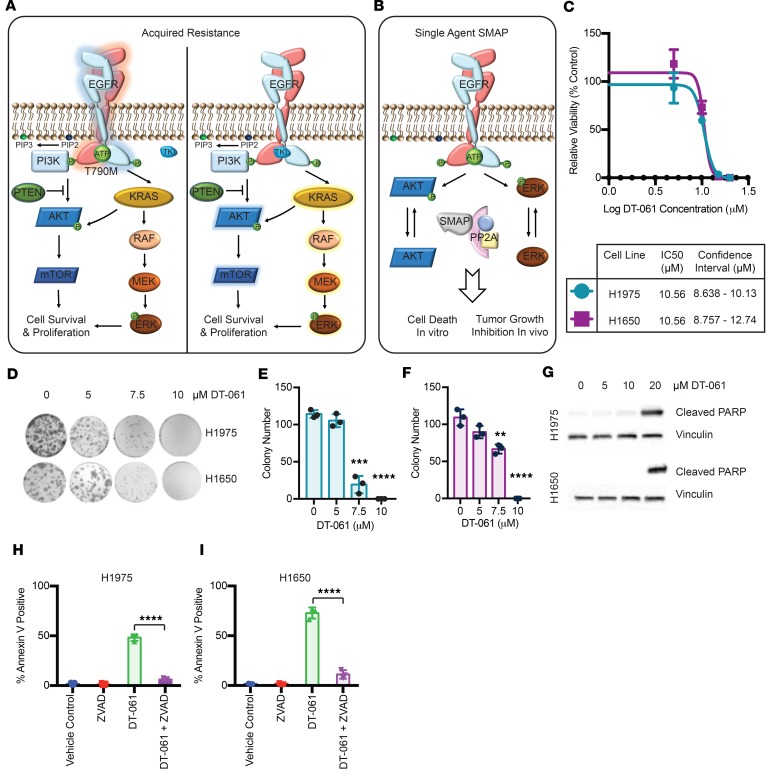Figure 2. PP2A activation induces apoptosis in TKI-resistant LUAD cell lines.
(A) Mechanisms of acquired resistance in LUAD. The most common mechanism of acquired resistance to TKIs is through the gatekeeper mutation T790M (tyrosine amino acid changed into a methionine at position 790), which alters the affinity of the drug to EGFR and leads to a sustained activation of both PI3K and MAPK pathways. Another common mechanism of resistance is through bypassing EGFR and sustainably activating the PI3K and MAPK pathways via modifications at the level of the downstream effectors themselves or by inactivating regulators of the pathways, such as PTEN. RAF, rapidly accelerated fibrosarcoma. (B) Proposed model for PP2A activation in EGFR-driven LUAD. SMAP treatment activates PP2A and leads to the downregulation of both PI3K and MAPK pathways that are commonly upregulated in TKI-resistant LUAD. (C) H1650 and H1975 were treated with DMSO vehicle control or increasing concentrations of SMAP DT-061 for 48 hours. Drug treatment resulted in decreased cell viability in both cell lines, with IC50 of 10.6 μM. (D) The ability of H1975 and H1650 cell lines to form colonies when treated with vehicle control or 5, 7.5, or 10 μM SMAP DT-061 every 72 hours for 14 days. (E) Quantification of colony formation assay for H1975. (F) Quantification of colony formation assay for H1650. (G) PARP cleavage at 24 hours in H1975 and H1650 cells treated with indicated concentrations of DT-061. Annexin positivity at 24 hours in (H) H1975 and (I) H1650 cells treated with indicated concentrations of DT-061. Three independent experiments represented as mean ± SD are shown. **P < 0.01; ***P < 0.001; ****P < 0.0001.

